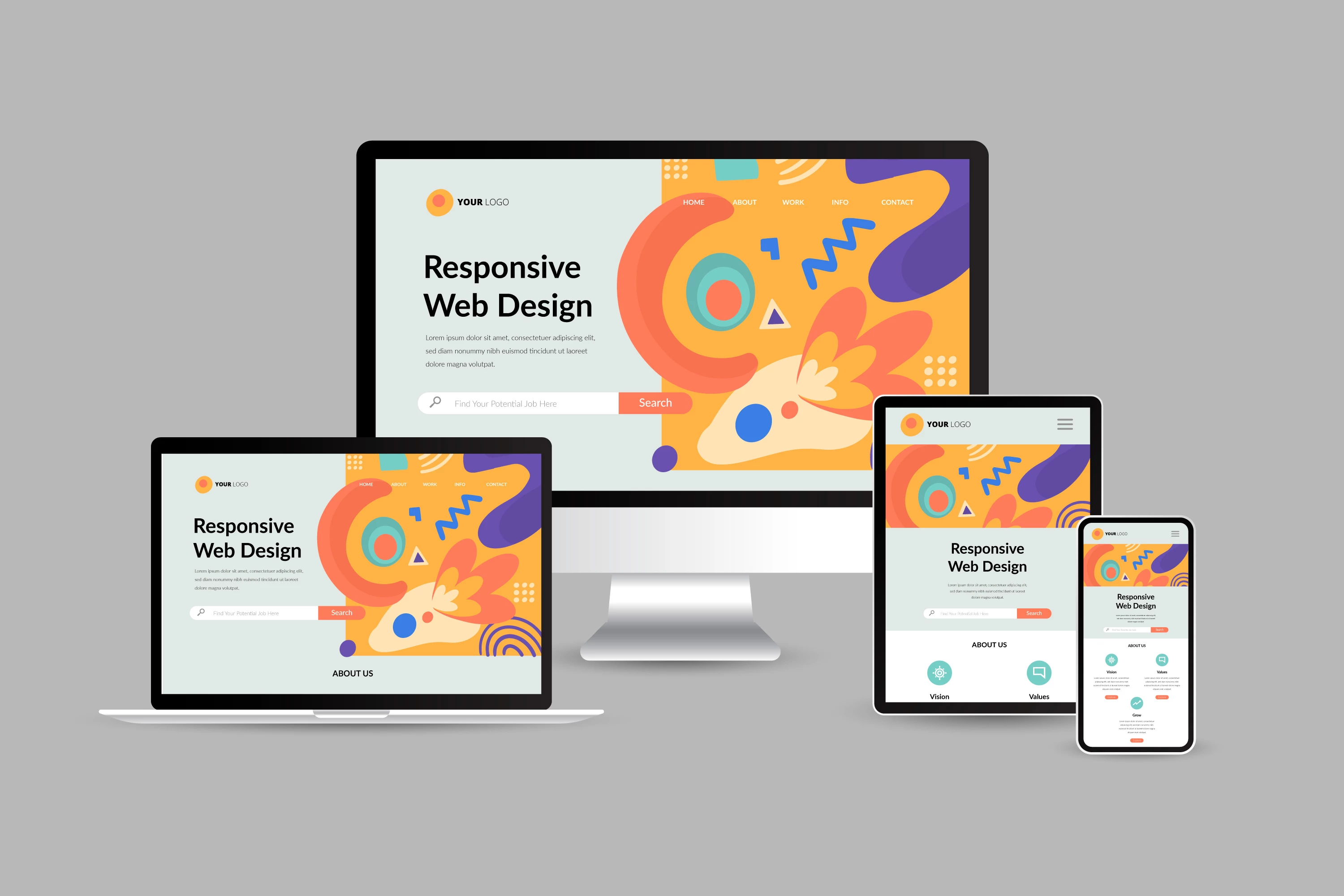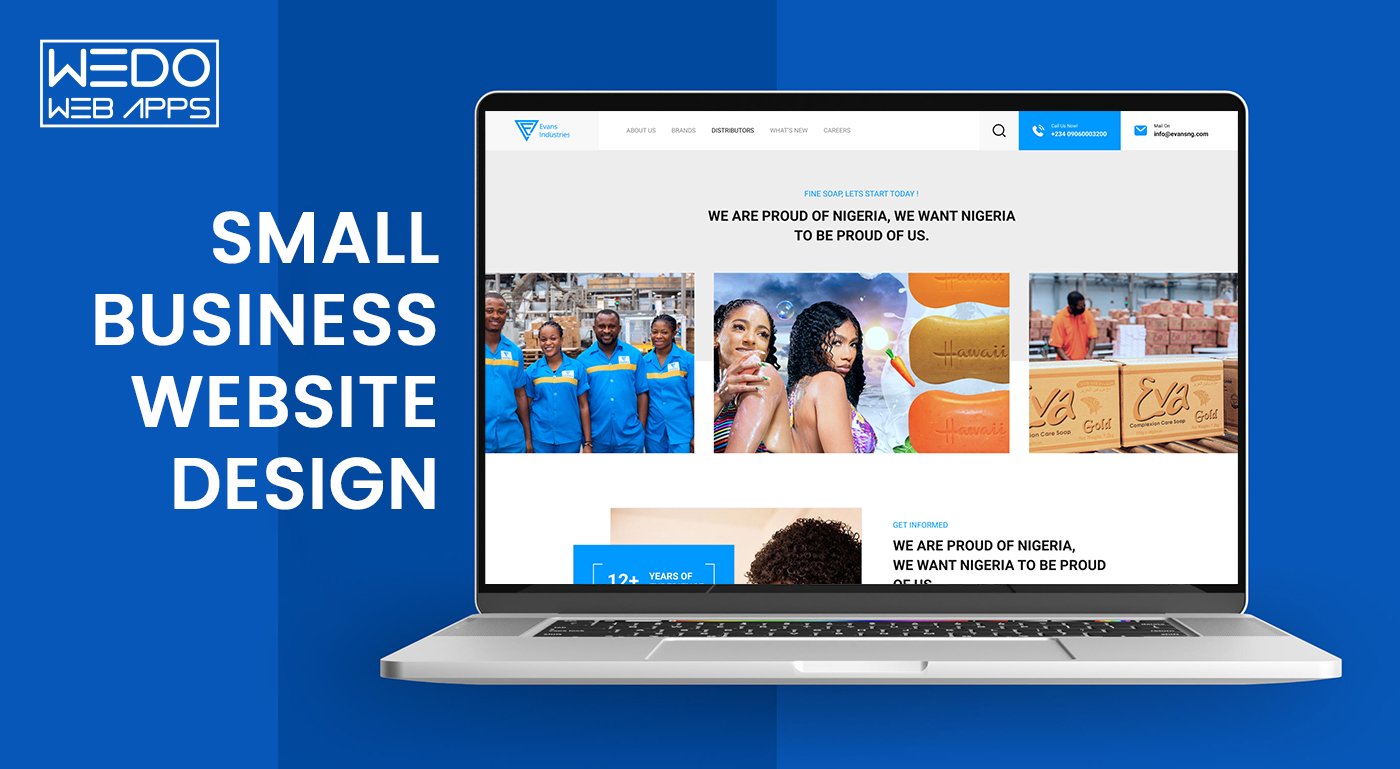Change Your Brand with Cutting-Edge Website Design Approaches
Change Your Brand with Cutting-Edge Website Design Approaches
Blog Article
Trick Strategies for Executing User-Centric Website Layout to Increase Engagement
When considering the execution of user-centric website design, certain techniques are crucial in boosting involvement. Thorough research study into individual requirements and preferences develops the structure, guiding the production of user characters to notify design selections. Customizing web content enhances customer contentment, and durable ease of access features widen reach.
Recognizing Customer Demands
Comprehending user requirements is a basic step in the procedure of user-centric web site style. Strategies such as studies, interviews, and customer screening can give valuable qualitative and measurable information regarding how customers engage with the internet site.
Examining this data allows developers to create thorough individual personalities that stand for the various sections of the target audience. These characters help educate style decisions by highlighting certain user goals and challenges, leading the development of attributes that attend to these demands effectively. Recognizing the context in which individuals run-- such as their setting, device preferences, and time restrictions-- can additionally refine the design technique.
Compassion plays an important duty in this procedure, making it possible for developers to see the site from the user's point of view. By focusing on individual requirements, the style procedure ends up being a lot more focused, preventing the addition of unneeded components that can mess the customer experience. Eventually, a deep understanding of user requirements contributes in crafting a site that is both practical and significant.
Designing Intuitive Navigating
Having actually developed a comprehensive understanding of customer requirements, the next step in user-centric web site style entails developing intuitive navigation. Effective navigating is essential to customer complete satisfaction, influencing exactly how easily customers can find information and full tasks. To achieve intuitive navigating, developers have to prioritize simplicity and clarity, making sure that the navigation framework is rational and consistent throughout the website.
Organizing material into a clear pecking order is important. Website Design. The usage of familiar labels and symbols can assist users effortlessly, decreasing cognitive lots and boosting the total user experience. A well-designed navigating bar must be prominently positioned, enabling individuals to determine their current area and easily check out various other areas of the website
It is additionally important to include interactive components such as breadcrumbs and search functionalities to aid individuals in navigating complicated websites. These functions offer added paths and enhance the availability of material, catering to different user choices and habits.
Evaluating navigating with real individuals is vital to identify potential pain points and make certain performance aligns with individual assumptions. Routine feedback loopholes and iterative renovations can help maintain an effective navigation system that adjusts to developing user needs, ultimately boosting engagement and satisfaction.
Producing Responsive Interfaces
Invariably, developing responsive interfaces is a pivotal element of modern-day website design, making sure that internet sites are useful and easily accessible throughout a multitude of tools and screen dimensions (Website Design). This flexibility is vital in a landscape where customers gain access to material through smartphones, desktops, laptops, and tablet computers, each with differing orientations and resolutions. The primary objective of receptive layout is to improve individual experience by go preserving ideal readability and functionality, despite the gadget used
To accomplish this, internet designers use adaptable grid formats, fluid pictures, and CSS media questions. Flexible grids permit internet site components to resize proportionally, while fluid images ensure visuals range suitably without shedding high quality. Media questions play a vital function by using various designs based on the gadget's characteristics, such as size, alignment, and height, thus customizing the design to the user's display.
Additionally, receptive interfaces add to boosted seo (SEO) by providing a smooth user experience, which consequently can decrease bounce prices and increase website interaction. In recap, taking on responsive style is not just a technological factor to consider yet an important technique for cultivating a user-centric internet atmosphere that satisfies the demands of a varied audience.

Personalizing Web Content Experience
Customizing content experience is an important part of user-centric internet site design that entails tailoring material to fulfill the special choices and actions of individual users. This method not just enhances customer complete satisfaction however additionally fosters deeper interaction, as visitors are extra likely to communicate with web content that reverberates with their needs and passions. By leveraging information analytics and user responses, services can determine patterns and patterns that inform the personalization of web content.
Integrating customization strategies can vary from basic changes, such as suggesting items based on searching history, to a lot more innovative methods like dynamic content that adapts in real-time to a user's interactions. Individualized touchdown web pages can significantly increase conversion prices by supplying customers with appropriate info and provides that straighten with their previous tasks and choices.
In addition, utilizing man-made knowledge and artificial intelligence can better improve material personalization by continually gaining from user habits and adapting to emerging trends. This not only enhances the individual's trip yet also builds brand name loyalty, as consumers feel understood and valued. Eventually, personalizing the content experience is a vital method for services intending to create an extra meaningful and appealing interaction with their audience.
Enhancing Accessibility Attributes
Enhancing accessibility attributes is an essential aspect of user-centric website design, making certain that digital web content is functional by every person, consisting of individuals with specials needs. This technique not only adheres to legal requirements such as the Americans with Disabilities Act (ADA) and the Internet Web Content Availability Standards (WCAG) however likewise dramatically broadens an internet site's audience reach. By integrating attributes like key-board navigating, screen viewers compatibility, and alternative message for pictures, sites end up being more comprehensive, offering a seamless experience for customers with aesthetic, auditory, or electric motor impairments.
Integrating responsive layout components is important, helping with access on numerous devices and screen sizes, thus suiting individuals with various preferences and demands. Furthermore, comparison ratios and text dimension adjustments can improve readability for individuals with aesthetic challenges. Giving clear and succinct web content framework, such as lists learn the facts here now and headings, help understanding and navigating, especially for individuals with cognitive disabilities.
Routine access audits ought to be conducted to identify and fix potential obstacles, guaranteeing ongoing conformity and see this website functionality. By focusing on ease of access, services not only foster inclusivity but additionally enhance general customer interaction and fulfillment, eventually driving greater conversion rates and enhancing brand name loyalty.

Final Thought
Integrating user-centric design methods substantially enhances web site involvement by prioritizing the demands and preferences of customers. Thorough research study facilitates the development of customer characters, directing targeted layout decisions. Instinctive navigation and responsive interfaces boost usability and accessibility across tools. Personalizing content based upon customer habits enhances satisfaction, while durable availability features increase target market reach. Jointly, these techniques create a purposeful online experience, promoting deeper interaction and interaction with the web site.
Detailed research right into customer demands and preferences forms the structure, directing the production of user characters to educate design choices. Techniques such as studies, meetings, and user testing can provide beneficial qualitative and quantitative data about just how individuals communicate with the website.
By focusing on user demands, the style procedure becomes much more concentrated, stopping the addition of unneeded components that might mess the individual experience. Reliable navigation is basic to individual complete satisfaction, influencing just how easily individuals can locate details and complete jobs. The use of acquainted labels and symbols can assist individuals easily, minimizing cognitive tons and enhancing the total individual experience.
Report this page